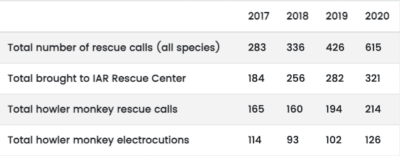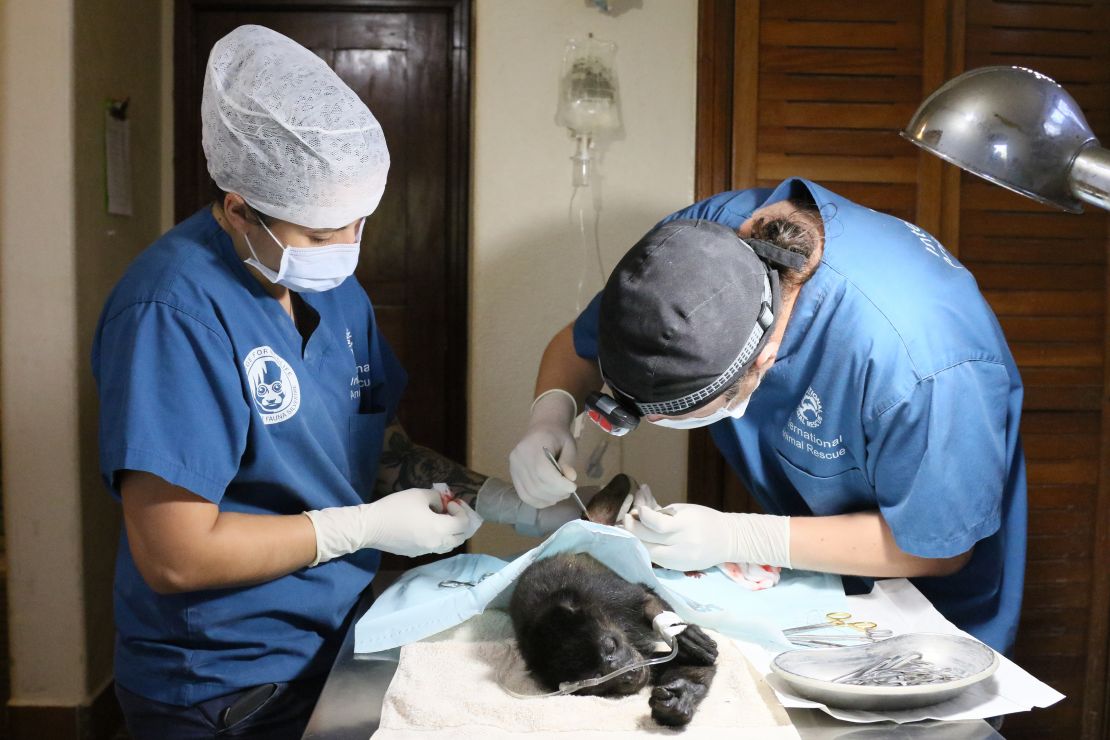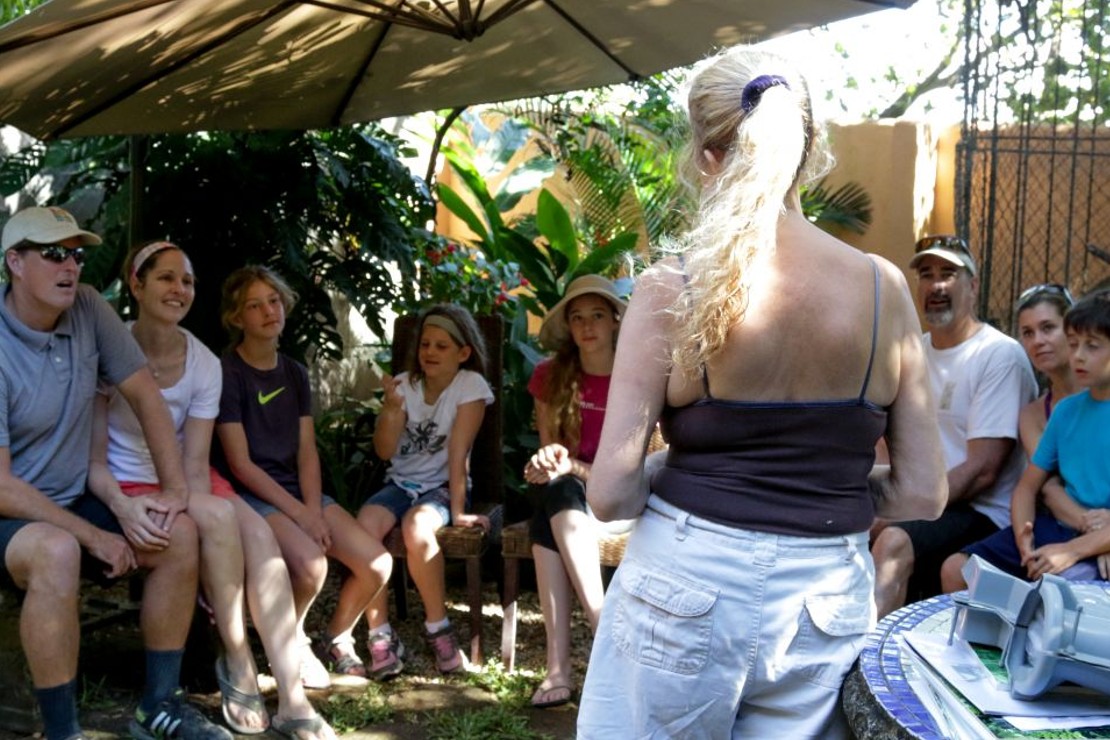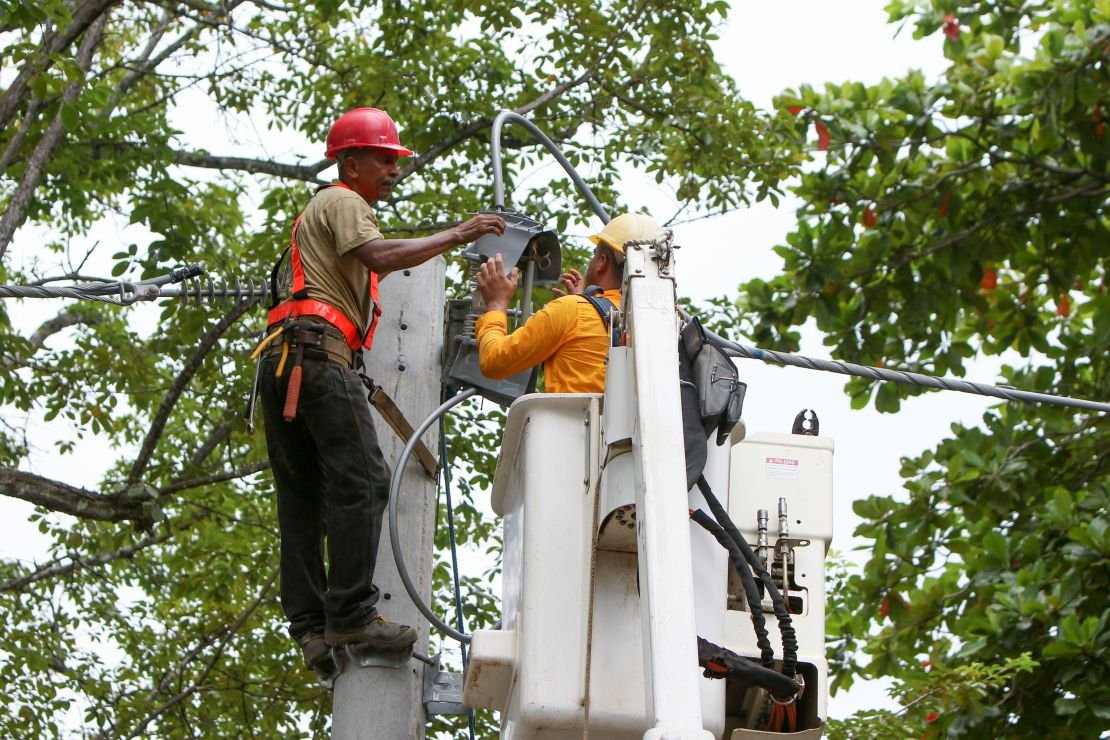Coming soon…The Michael Uren Wildlife Rescue and Education Center!
International Animal Rescue (IAR Costa Rica) plans to build the Michael Uren Wildlife Rescue and Education Center in Nosara to better protect Costa Rica’s wildlife, both locally and nationally.
IAR Costa Rica has been working in the area since 2017. Initially, this was a partnership with ‘Refuge for Wildlife’, which has operated in Nosara for over 20 years. However, since January 1, 2021 all operations have been migrated to the new IAR Costa Rica foundation. The change to IAR Costa Rica will serve to give the wildlife protection effort in the region a long-term sustainable future.
Working in partnership with the Nosara Civic Association (NCA), this valuable resource for the community will support the wildlife and natural environment in Nosara, across Guanacaste and nationwide.
The new facility will improve our ability to treat wildlife effectively in conditions that are better suited to the rehabilitation and release process.
Due to the fantastic response from our supporters and particularly to one of our extremely generous long-term benefactors, The Michael Uren Foundation, stepping in with a large grant for the project, we have the necessary funds for the initial phase of rebuilding the refuge. We are now forging ahead with our plans!
Protection of ecosystems is one of the most important elements in the battle against biodiversity loss and climate change. The new facility will include an education center so that the local community, visitors, children and students can learn about and engage with wildlife protection and conservation.
International Animal Rescue’s orangutan rescue center in Borneo was the first facility in Asia to be GFAS** accredited. In line with the Ministry of Environment and Energy’s (MINAE) aspirations to regulate the quality of Costa Rica’s wildlife rescue centers, IAR Costa Rica will work with GFAS to ensure that this new facility is accredited and provides world class wildlife care.
By working with the National System of Conservation Areas (SINAC), IAR Costa Rica will ensure that injured and displaced wildlife is, wherever possible, released back into the wild. Where an individual is not viable for release, we will provide long-term sanctuary facilities.
The designs for the rescue center aim to minimize the environmental footprint, complement the surrounding area and provide as natural surroundings as possible to facilitate effective rehabilitation. We will build around the existing large trees so that the shade will keep the buildings and enclosures cool. Where possible, we will use solar powered lighting and backups. Bio-digesters and composting systems will be incorporated. A nursery will be created to plant ‘food’ trees for the wildlife. Efficient water usage and management will be included.
1st July 2023
So much progress has been achieved since we last posted. After receiving approval for all the permitting requirements, things are really starting to roll out as planned. The weather this year has been very friendly to our build, with the rainy season having a late start.
This has allowed us to get all the foundations and “grey work” for the buildings done before the first heavy showers. This includes the permanent storage area, the staff house changing rooms, the kitchen, the nursery, the clinic, the quarantine, and the visitor center.
Now that we are in the plain rainy season, we were able to work under a roof on the finishes for the quarantine, kitchen, and staff house changing rooms which are completely done. We are now working on the finishes for the clinic, nursery, and visitor center.
As for the 25 + enclosures for the sanctuary and rehabilitation areas, the most urgent work before the rain began was the vertical support posts and the perimeter walls. The walls are 50cm deep on average and are to avoid animals trying to dig under the enclosure walls. We were able to achieve this goal in time for the rain and have been working arduously to complete these within the time for opening. We have now completed the enclosures for the sanctuary area and are nearing the completion of the enclosures for the rehabilitation area.
We have made a few changes and had several challenges along the way. The changes include making the office reception area, used for different authorities and officials who visit the center, from a 20-foot container instead of a fully prefabricated structure. We did the same with the security house. We also added a container café and souvenir shop where visitors can enjoy a pleasant time in our forest conservation area while sipping natural juice or fresh ground Costa Rican coffee.
These changes have been done for several reasons, but mainly to reduce costs and increase financial sustainability. Concomitant with the reduction in costs, have been the challenges we have faced, including global inflation, increased cost of living locally, and the devaluation of the dollar against the CR Colon. We are currently in the process of a final push fundraising campaign to make up for these deficits.
Generally speaking, things are moving along smoothly and in a timely manner as planned. We hope our next update will be the official opening of the new wildlife rescue and rehabilitation center, and we look forward to inviting the community to the open house inauguration!
23rd January 2023
We are very happy to announce that in December we broke ground after extensive feasibility, permitting, and contractor and material bidding processes. We have now built the road, including the four culverts, as well as installed the water main and the subterranean electric main.
We have also built the temporary bodega and received the first stock of materials for the enclosures and the buildings. We signed contracts with the buildings’ contractor and the enclosure contractor over the weekend. Two crews of ten workers are on-site drawing lines and leveling land.
30th September 2022
As previously announced, in collaboration with the Nosara Civic Association (NCA), International Animal Rescue Costa Rica (IAR) will build a new Wildlife Rescue and Education Center in this location. All necessary permits have now been obtained and construction will start soon.
IAR has conducted a full Environmental Impact Assessment (EIA) to ensure that the construction is carried out in compliance with all environmental regulations. The EIA included engineering, geology, and archaeology studies; we also carried out surveys of the water courses and the forest on the property.
The forested area in the NCA park will provide an excellent environment to facilitate the, often lengthy, rehabilitation process needed to get injured wildlife back into the wild. IAR has a proven track record in promoting environmental sustainability and we have worked with the designers, forest engineers, and environmental consultants to design a rescue facility with the smallest possible impact on the forest.
The primary consideration for the designs has been to preserve as much habitat as possible; however, some minimal tree-cutting will be necessary. In accordance with our SINAC tree-cutting permit (SINAC File No: TE-TE-02-ART-19-001-2022; Ref: ACT-OSRN-092-2022), we will remove ten plantation palms, five plantation Pochote trees (two of which are dead), two Broomstick (Trichilia Sp.) and a single Jobo tree. Accordingly, IAR will plant native species on the site, which will be an ideal food source for wildlife. The cut wood will remain on the property and be used for the animal facilities.
15th June 2022
Unfortunately, the building of the new center has been on hold while a water moratorium has been in place over the whole of Nosara. This moratorium has now been lifted and the water meter has been installed. We are now just waiting for the current wet season to subside as we do not want to risk the loss of resources due to inclement weather – we hope to finally break ground in November or December of this year.
2nd February 2022
We are very excited to be getting closer to our dream of building a new IAR wildlife rescue center in Nosara, Costa Rica. SETENA and the Municipality of Nicoya recently approved our building plans for the construction of the Michael Uren Wildlife Rescue and Education Center. We have presented our plans to the Playas de Nosara ASADA for review and, pending the lifting of the current AyA moratorium, we hope to receive the final approvals and proceed as soon as practicable.
The rescue center will be a great asset for the community, both economically and environmentally. It is designed to fit within the natural forest environment, minimize the building footprint, and will provide a natural surrounding to help in the process of rehabilitation and release of injured wildlife. The education center will invite visitors from the community, tourists, children, and students to learn about wildlife protection and conservation. We are delighted to be working in partnership with the Nosara Civic Association (NCA) to develop this valuable resource for the community in conjunction with the dump regeneration project.
2nd December 2021
Now that the wet season is behind us, International Animal Rescue (IAR Costa Rica) is almost ready to press ahead with the construction of the new Michael Uren Wildlife Rescue and Education Center in Nosara.
SETENA has now granted the appropriate permits and all the relevant paperwork is now with the municipality for final approval. In the coming weeks, we will start preparing the land so that construction can start early in 2022.
Our center in Nosara, Costa Rica cares for a huge array of wildlife. From parrots, to turtles, to howler monkeys, we have cared for almost 100 different species. Rapid economic development and a substantial increase in tourism has disrupted the connectivity of the landscape through land degradation and habitat fragmentation, which poses a serious threat to Costa Rica’s wildlife. In fact, over the last three years the number of animals needing our care has more than doubled.




We have partnered with the Nosara Civic Association (NCA), which owns and manages the protected public parklands around Nosara. The new Rescue Center will form part of a regeneration project for a (now disused) landfill site we have agreed with the NCA, on a five-acre site located in a quiet forested area, which will be ideal for howler monkey rehabilitation. The current aim is to complete the build by July 2022. A master plan for the area and individual building plans can be found below.